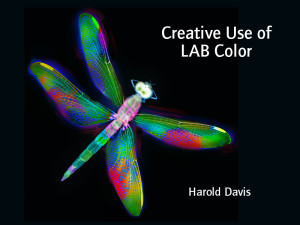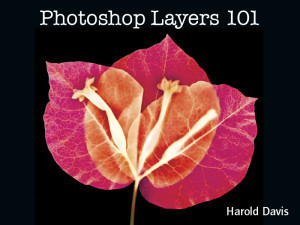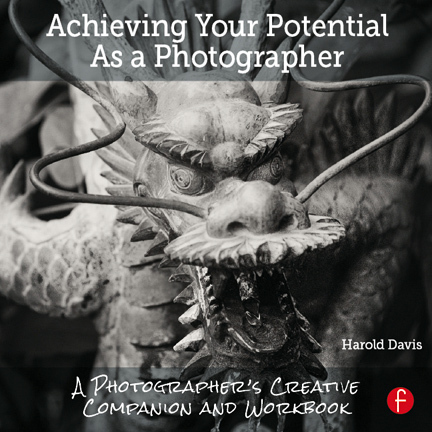Harold Davis's Blog, page 158
May 11, 2015
Floral Square
Last week when I have a composition on my light box I photographed it with a high resolution camera on tripod. Then I thought, why not do it using my iPhone as well. The results photographed and processed on my iPhone are shown here.
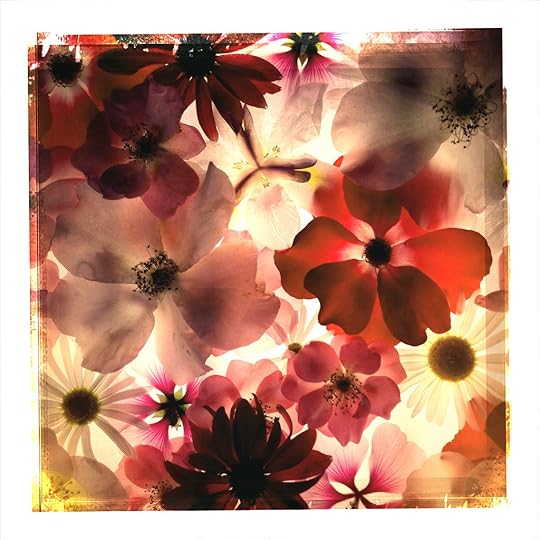
Floral square © Harold Davis

May 6, 2015
A Short Course in Translucency
Images that verge on the transparent and convey translucency can appear miraculous. If you want to learn my techniques for photographing flowers for transparency on a light box, but can’t attend an in-person workshop with me on the topic, please consider my sequence of informal webinar recordings.
Painting in Transparency Using a High-Key Layer Stack explains the photographic strategy and post-production (click here to register, and click here for more info).
Creative Use of LAB Color shows some of the techniques I use to add color effects, to invert the backgrounds from white to black, and more (click here to register, and click here for more info).
Using Backgrounds and Textures explains many of the techniques I use to create finished artwork from translucent images (click here to register, and click here for more info) by placing a translucent image on a background, or adding a texture file “above” the image.
Finally, if you are having a little trouble around working with layers in Photoshop, Photoshop Layers 101 may be for you (click here to register, and click here for more info) as I guide you and explain how I work with layers in Photoshop. It is really a great deal simpler than you may think!
Each webinar recording costs $19.95 for unlimited access. Please click here for more information about my webinar recordings.
If you are unfamiliar with my techniques, my FAQ explaining Photographing Flowers for Transparency is a good place to start.
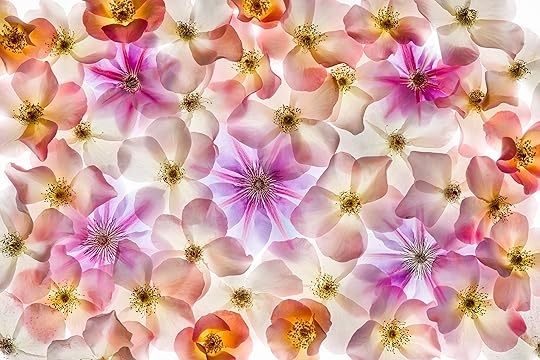
Translucency of Rosa © Harold Davis

May 5, 2015
Pre-Publication Review of Achieving Your Potential As a Photographer by Harold Davis
I’m pleased to see a positive pre-publication review of my new book Achieving Your Potential As a Photographer: A Photographer’s Creative Companion and Workbook in the May issue of Rangefinder Magazine. The reviewer, Jim Cornfield, notes that that Achieving Your Potential is “vintage Harold Davis: graphically lively, amply thought out, and informed by Davis’s unique sense of organization and creative vision.” Thanks Jim! Read the complete review by clicking here (opens in a separate window).
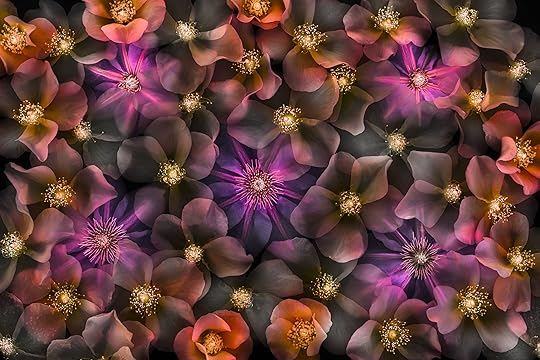
Translucency of Rosa on Black © Harold Davis

May 4, 2015
Pont Valentre
The ancient Pont Valentre crosses a loop in the Lot River at the city of Cahors in southwestern France. The tower in the middle of the river of this fortified and impregnable bridge was held even when the surrounding city was overrun. I recently converted the image to black and white (click here to see the color version and blog story) for a chapter on black and white workflow in a new book I have started to work on.
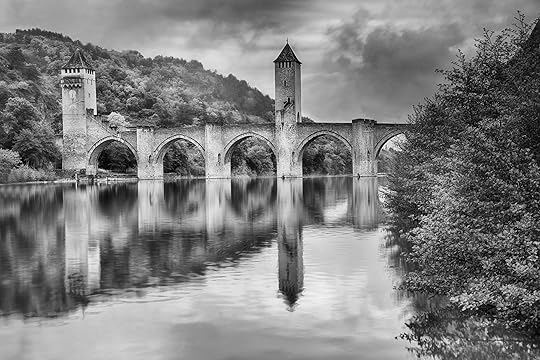
Pont Valentre © Harold Davis
Related stories: Valentre Bridge; Impregnable.

May 3, 2015
Essays in Translucency

Translucency of Rosa © Harold Davis

Practicum Perluciditatem © Harold Davis

Miraculum Flores © Harold Davis

Veil of Roses © Harold Davis
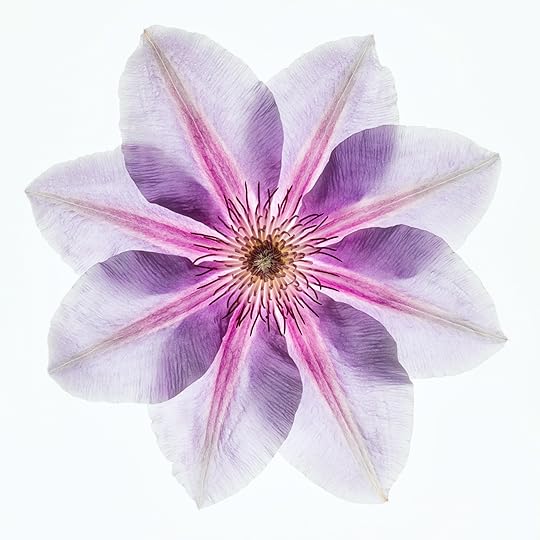
Clematis © Harold Davis
Related stories: The Virtues of Translucency; Clematis; Miraculum Flores.

May 1, 2015
Miraculum Flores
Flowers are a miracle! This is a spring in Berkeley, California that is wondrous in terms of blossoms, and I have been enjoying it and photographing up a floral storm, almost entirely with flowers Phyllis and I harvest in the neighborhood. The top image is an LAB L-channel inversion, and the middle image is simulated black and white infrared (“ultrarubrum” in Latin)—both images derived in post-production from the “straight” light box image at the bottom. More on these techniques in this earlier sequence of images of a lone Clematis, and more floral imagery to come when I have time to develop and process it.

Miraculum Nigrae Flores © Harold Davis

Miraculum Nigrae Flores Ultrarubrum © Harold Davis

Miraculum Flores © Harold Davis

April 30, 2015
Small group photo tour in Italy this autumn with Harold Davis
I am offering a unique opportunity to join me and a very exclusive group as we photograph Italy this autumn (the dates are October 28 – November 11, 2015). If you are tired of being part of the photographic herd, then this is the trip for you! The group size is strictly limited to six participants. We only have two spots left!
 We will be photographing in Cinque Terre, Naples, the island of Capri, and in Positano and the Amalfi coast. Accommodations, transportation, and many meals are included. I will be working with a top-flight local Italian licensed tour guide with an art history background to make sure that we have the best experience possible. Please see www.digitalfieldguide.com/learning/workshops-events/italy for full details.
We will be photographing in Cinque Terre, Naples, the island of Capri, and in Positano and the Amalfi coast. Accommodations, transportation, and many meals are included. I will be working with a top-flight local Italian licensed tour guide with an art history background to make sure that we have the best experience possible. Please see www.digitalfieldguide.com/learning/workshops-events/italy for full details.
As a workshop leader, my goal is to is to facilitate a community of photographers, have fun photographing in interesting and exciting places, share some technical information, and—most importantly—encourage each participant’s unique and individual creative expression. As one of my workshop participants has put it, “Harold is genuine, generous, and gracious. He has a world of knowledge and expertise that he loves to share. His wonderful books show his monumental talents and skill set, and his workshops show the depth of his connecting with others in a very real and personal way.”
Please join me in Italy this autumn. I look forward to working with you one-on-one in exciting locations to realize your photography dreams and goals.

April 29, 2015
Clematis
To photograph this Clematis Bee’s Jubilee blossom, I placed it on a light box and photographed it straight down using a tripod with a Nikon D810 and my special Zeiss Otus 55mm f1.4 lens. The settings were 1/4 of a second at f/16 and ISO 64 (middle image). The top image is an LAB inversion of the L-channel, and the bottom version is simulated infrared (IR), via Nik Color Efex Pro.
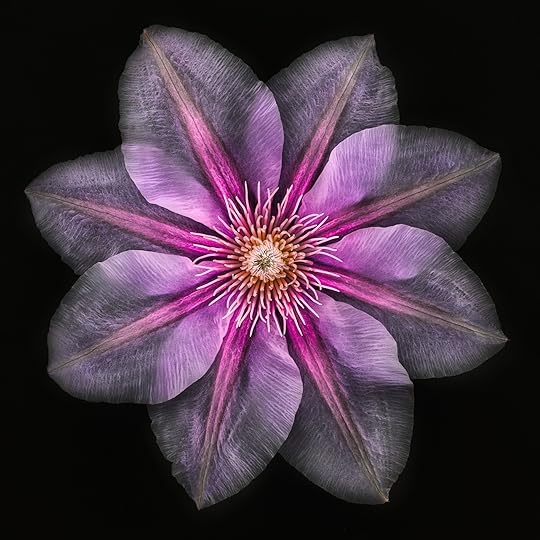
Clematis on Black © Harold Davis

Clematis © Harold Davis

Clematis in IR © Harold Davis
There seems to be some controversy about where to apostrophate (where to place the possessive apostrophe) in Clematis Bee’s Jubilee. Well-known horticultural nursery White Flower Farm does it Bees’ Jubilee, which of course implies that this flower is the jubilee of multitudinous bees or of someone named Mr. Bees. However, the plural apostrophization may be incorrect, as this striking flowering Clematis seems to be named after the botanist Rupert Bee (spelled without a trailing ‘s’) of Colchester in the United Kingdom, who first introduced this cultivar in the 1950s.
Related story: We are not afraid of color.

April 28, 2015
Black and White Masterclass
There are only a (very few) spots left in my Black & White Masterclass in Heidelberg, Germany July 2-5, 2015. Click here for more information and registration. Note: the workshop will be conducted in English.
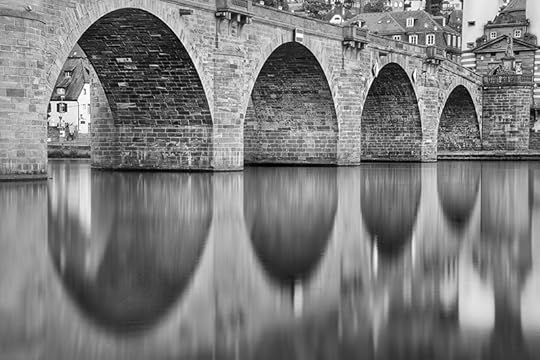
Alte Brucke, Heidelberg © Harold Davis

April 27, 2015
The Virtues of Translucency
Normally, to create the illusion of transparency against a single background is feat enough. In this image I “upped the ante,” by adding white roses above an existing floral arrangement that was already translucent. The second layer of roses makes an additional level of transparency: you can see through the white roses, as if they were a veil, and to the flowers below, which themselves only partially conceal the white backdrop.

Veil of Roses © Harold Davis
One of the tricks with an image like this is to end up with something that looks painterly and elegant, not smudgy. If you try it for yourself, you may find that this is tougher that you might think!



